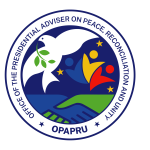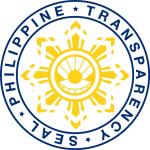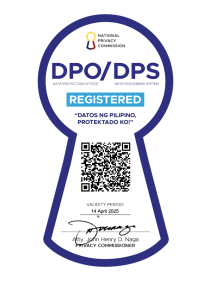INTRODUCTION
On 2 September 1996, the Government of the Philippines and the Moro National Liberation Front (MNLF) signed the Final Peace Agreement (FPA) for the full implementation of the 1976 Tripoli Agreement with the participation of the Organization of Islamic Cooperation (OIC). The FPA has two phases. Phase I or the Transitory Period provides for: 1) integration of MNLF elements in the Armed Forces of the Philippines (AFP) and the Philippine National Police (PNP); 2) establishment of transitional mechanism bodies such as the Southern Philippines Council for Peace and Development (SPCPD) and Consultative Assembly; and 3) implementation of socio-economic development programs in the Southern Philippines Zone of Peace and Development (SZOPAD) areas. Phase II involves the Establishment of the New Autonomous Regional Government through the repeal or amendment of Republic Act No. 6734.The OIC has recognized on at least four (4) occasions that Phase I of
The OIC has recognized on at least four (4) occasions that Phase I of the FPA has been substantially implemented: 1) 10th Islamic Summit Conference on October 2003; 2) 30th Islamic Conference of Foreign Ministers on May 2003; 3) 31st Islamic Conference of Foreign Ministers on June 2004; and 4) 32nd Islamic Conference of Foreign Ministers on June 2005.In 2007, responding to contentions between the GPH and the MNLF on
In 2007, responding to contentions between the GPH and the MNLF on the full implementation of Phase II, the OIC called for and convened the high-level Tripartite Review Process (TRP) regarding the said implementation of the 1996 FPA. The TRP was a mechanism created by the OIC to identify the obstacles impeding the implementation of the FPA and come up with recommendations that will facilitate the full implementation of the peace pact. Prior to the administration of President Benigno Simeon Aquino III, a total of three (3) Tripartite Meetings and several informal technical meetings were held.






